Safe Space – for Mission Peak UU People of Color
Safe Place is sponsored by the People of Color Affinity Group at Mission Peak Unitarian Universalist Congregation. Contributions are welcomed from Black, Indigenous, and People of Color in the congregation. For more information email safespace@mpuuc.org.
(We write about the diversity of the holidays and traditions we celebrate as MPUUC People of Color)
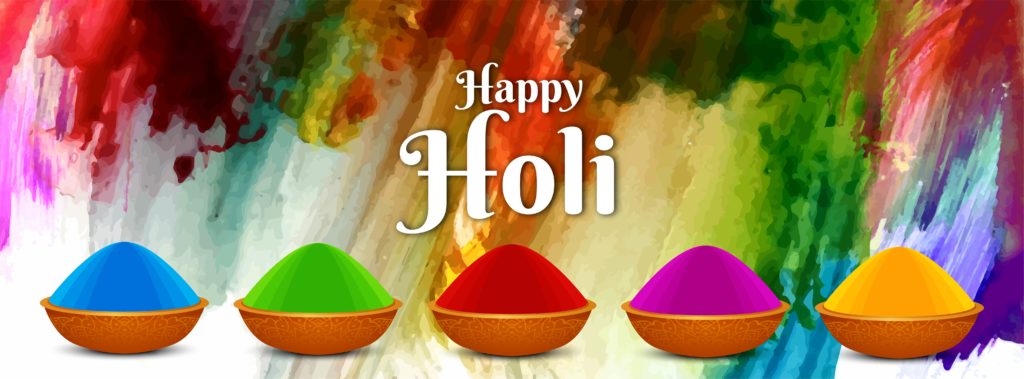
Remembering Holi (Pagwah Day)
As a child, I always looked forward to celebrating Holi or Pagwah day. This Hindu spring festival was a national holiday on the South American country where I grew up. People of all ages, races, cultures, and economic status participated.
To begin with, school was closed and a general sense of festivity and good will towards friends, neighbors, and strangers abounded.
Dousing each other with colored water and talcum powder, eating good food, prepared by village cooks in large cauldron pots, drinking (mostly rum), singing Hindi folk songs and dancing to bhangra music and tassa drums lasted throughout the day and late into the night.
When I think of the spring I fondly remember of celebration of Holi.
OB

Juneteenth Freedom Day
Juneteenth or Jubilee Day celebrates the emancipation of those who were enslaved in our country. Specifically, it commemorates the date that the word of emancipation was finally delivered to a group of enslaved people in Galveston, Texas, 2½ years after they had been declared free by President Abraham Lincoln.
On June 19th 1865, Major General Gordon Granger and his troop of Union soldiers, arrived in Galveston, Texas with news that the Civil War had ended and that the slaves were now free. Previously, there were too few Union troops to enforce President Lincoln’s Executive Order. General Lee’s surrender in April of 1865 and the arrival of General Granger’s regiment finally allowed for the enforcement slave liberation and General Order Number 3 which read:
“The people of Texas are informed that in accordance with a Proclamation from the Executive of the United States, all slaves are free. This involves an absolute equality of rights and rights of property between former masters and slaves, and the connection heretofore existing between them becomes that between employer and hired laborer.”
(http://juneteenth.com/history.htm)
The celebration of June 19th was called “Juneteenth.” In the past, many descendants of slaves in Texas traveled back to Galveston on at this time of year to commemorate emancipation.
On January 1, 1980, Al Edwards, an African American state legislator, succeeded in his efforts to make Juneteenth an official state holiday in Texas. Subsequently, the has celebration spread to states across America. The day was recognized as a federal holiday on June 17, 2021, when President Joe Biden signed the Juneteenth National Independence Day Act into law.
Popular foods to celebrate Juneteenth include barbecue and strawberry soda.
My family celebrates by honoring our ancestors, their strength, and the debt we owe to them.
LOVING DAY
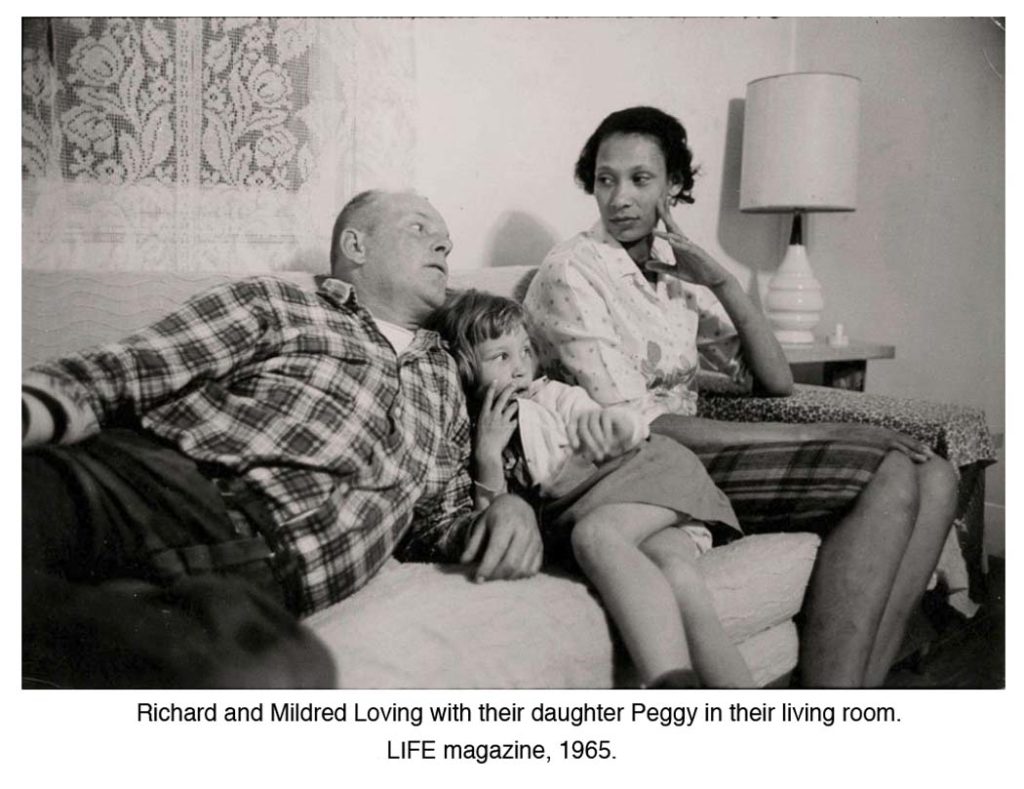
Loving Day, celebrated June 12, is an important day to my family. It is observed by many Americans who stand up for racial justice. During my childhood, it was a painful experience to find out that some friends and family were not considered legally married because many states did not recognize their interracial unions. Mildred and Richard Loving helped change these hurtful laws. They appealed their case to the Supreme Court, which overturned miscegenation laws in the United States. My husband and I light our chalice to honor “the inherent worth and dignity of all people” as we remember the Lovings.
— submitted by KB
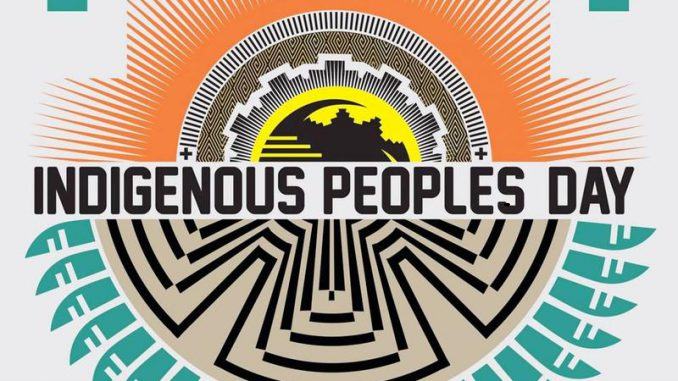
Indigenous Peoples Day – Oct. 9, 2023
My family owns land on the east coast. It has very little monetary value and the taxes are very low. However, in the traditions of my family, the land is how we define ourselves. We are the families of this particular land, in this particular location. Our extended families have lived in lands adjacent to each other for many generations. Our family stories are narratives of where the crops grew, families resided, our ancestors are buried, and the stream that nourished the land originated.
If we lose our land we lose a part of ourselves. The lands of many Indigenous people have been taken away. We desperately hold onto the land that we have because it is who we are.
We are proud that our Mission Peak UU Congregation has acknowledged our debt to the Indigenous people whose land we occupy and has voted to pay reparations.
We celebrate Indigenous Peoples Day and the lands of all Indigenous people.
-KB
Diwali

Celebrating Diwali in my village in South America
Diwali or festival of lights is a major holiday observed by Hindus, Siks, Jains, some Buddhists, and many others around the world, including most of the people in my home village in South America.
The five day celebration usually takes place in late October or early November. The word Diwali is derived from the Sanskrit word dipavali meaning circle of lights. The festival celebrates victory of light over darkness.
In preparation, houses are cleaned and decorated with flowers and garlands. Small clay pots (dyas) are filled with ghee and lit via cotton wicks. They are placed in every corner of the house and along and pathways leading to the house to welcome Lakshmi the goddess of benevolence, wealth, and good fortune.
It is also a joyous time for visiting family, friends, and neighbors, for feasting and chanting religious songs (Bajans) in honor of Lakshmi, and for asking for spiritual and material blessings.
-OB
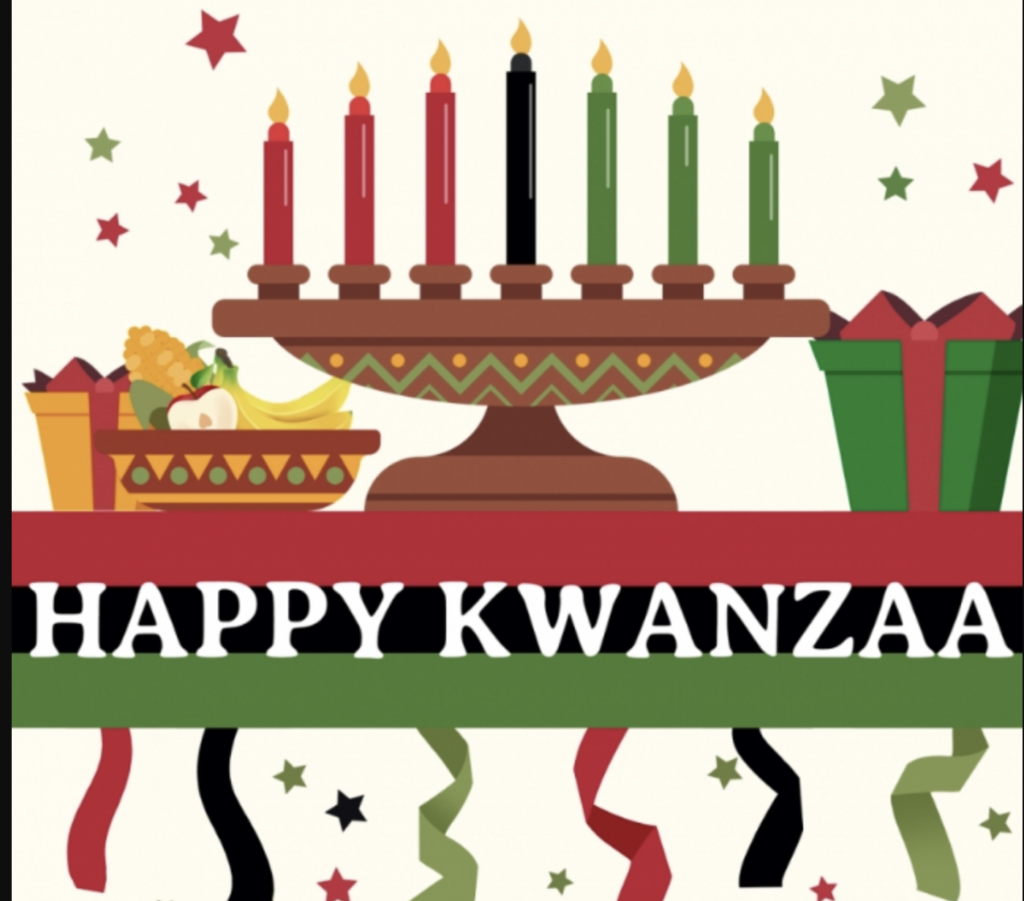
Kwanzaa
Kwanzaa is a seven-day celebration from December 26 to January 1. It was started 1966 by Maulana Karenga, a professor of Africana studies at California State.
The word kwanzaa is an adaptation of the Swahili word kwanza, meaning first. The holiday derives from the First Fruits celebrations of southern Africa, where the first fruits of the harvest were given to God in thanks for abundance.Families and other participants light red, black and green candles. One candle is lit each day of the celebration and the principle of the day is discussed.
One of the seven principles of Kwanzaa is celebrated on each of the seven days:
- unity (umoja),
- determination (kujichagulia),
- collective responsibility (ujima),
- cooperative economics (ujamaa),
- purpose (nia),
- creativity (kuumba),
- faith (imani).
The 7 symbols of Kwanzaa are:
- mazeo – fruit vegetables or nuts
- Mkeka – the mat which represents African foundation and traditions
- Kinara- the candle holder which represents African ancestors and diaspora
- Mishumaa- the seven candles which are red back and green and represent the people, the land, and the struggle
- Muhindi- corn or maize represents African children and the promise of their future
- Kikombe cha Umoja- the Unity Cup symbolizes unity of family and community
- Zawadi – the gifts given to educate the children and enhance their knowledge about their heritage such as books and educational toys.
My family celebrates principles of Kwanzaa and self-determination (kujichagulia) by remembering black owned businesses.
There is more information in the links below.100+ Black owned businesses https://www.nbcnews.com/select/shopping/black-owned-business-guide-ncna1258948
Forbes: Why It’s Crucial To Support Black-Owned Businesses On Both Corporate, Consumer Levels
-KB
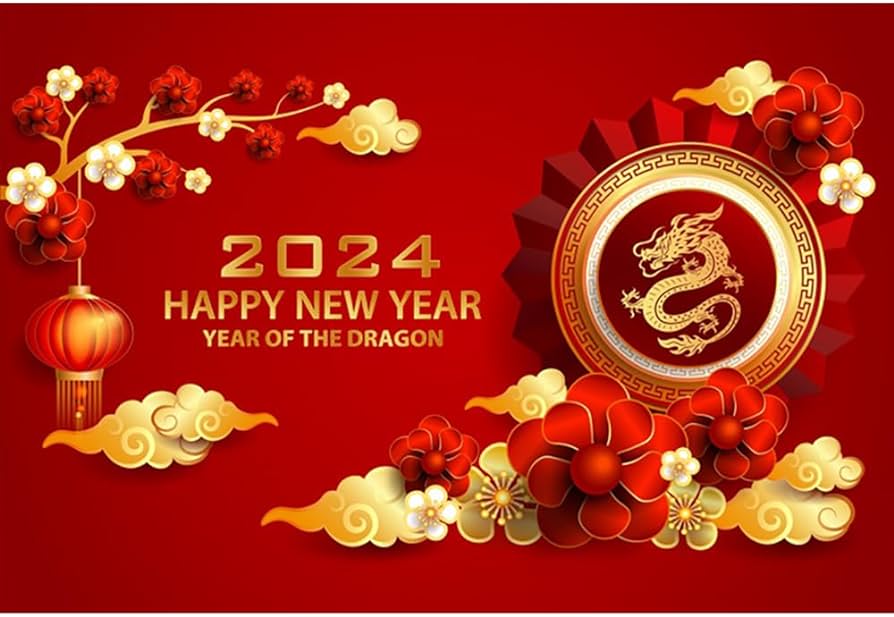
Spring Festival Couplets
Spring Festival Couplets, Chunlian in Chinese, is also known as Spring Couplets or Chinese New Year Couplets. The couplets are pairs of poetry lines. They the most common and important custom when celebrating Chinese New Year. This tradition is widely kept in both modern cities and rural areas of China.
With black or golden characters written on red paper, Spring Festival Couplets are vertically pasted on both sides of the front door, and a four-character horizontal scroll is affixed above the doorframe. Pasting couplets expresses people’s delight in the festival and wishes for a better life in the coming year.
The first line (left scroll) and the second line (right scroll) have parallel structures and an equal number of characters, but the meanings are antithetical although related. There must be a one-to-one correspondence between the two lines. The tone pattern is emphasized, but rhythm is not important. The horizontal scroll, the four-character phrase, sums up the two lines’ meaning. Here’s an example:

Spring Couplets originated from Taofu, an inscription on boards made from peach trees in the Zhou Dynasty (1046–256 BC). According to the legend, in the ghost world a rooster perching in a big peach tree will crow at dawn to call all the traveling ghosts back. In front of the entrance of the dark world, there are two guards named Shentu and Yulei. If the ghosts harm any people at night, the guards will kill them for the tiger’s breakfast. People believed that peach trees can scare and subdue evil things, so they hung peach boards in front of the doors with the guards’ names written or inscribed on them.
During the Song Dynasty (960–1279 AD), the wood board was replaced by paper, and people focused more on bright wishes for the future. The custom became popular in the Ming Dynasty (1368–1644 AD). When the Emperor Zhu Yuanzhang traveled for inspection, he found those pairs of scrolls interesting. In order to advocate and promote this cultural activity, he ordered all household to paste the scrolls during the Chinese New Year. This tradition continues today.
— IX

You must be logged in to post a comment.